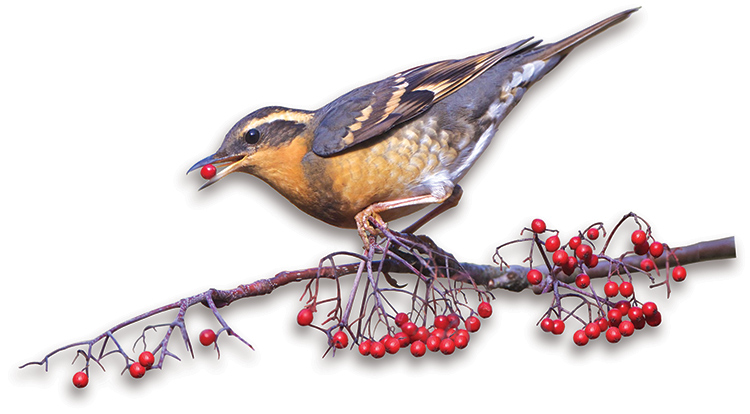 “Let’s flap.” The 20 adults in the room obediently flapped their arms and when nothing happened, in the face of their leader’s enthusiasm for winged flight and all things avian, began flapping even harder in the vain hope of soaring. This lofty encouragement comes from Connie Sidles, master birder and instructor for Where Do Birds Come From?, a class offered by the UW Botanic Gardens.
“Let’s flap.” The 20 adults in the room obediently flapped their arms and when nothing happened, in the face of their leader’s enthusiasm for winged flight and all things avian, began flapping even harder in the vain hope of soaring. This lofty encouragement comes from Connie Sidles, master birder and instructor for Where Do Birds Come From?, a class offered by the UW Botanic Gardens.
“Are we getting lift off? No! We’re not getting liftoff. We are not adapted to fly,” she says. It was disappointing to stay earthbound and non-birdlike in the face of Sidles’ passion for her subject. For anyone who doesn’t give much thought to the birds with which we share a planet, her talk was a guaranteed eye-opener. One reason birds can fly is because their bones are hollow and light. “Put your hand on your breast bone. What a pitiful excuse for a breast bone. That’s why you can’t fly,” she explains.
Birds evolved from dinosaurs. “We think the earliest feathers were like bristles and very simple,” she says. When birds developed their wings, they paid a big price. “They gave up hands and four legs,” says Sidles. “Next time you see a bird in your garden, think about all those dinosaurs,” she says. “I saw little warblers today and it was easy to imagine myself in primeval times.”
Sidles went on to talk about bird colors, bill shapes and measurements, and food habits. For example, it takes raptors a really long time to eat a rat. And a varied thrush sounds like a souped up robin.
The UW Botanic Garden offers many classes and programs to the people of the region from the very young to the most seasoned horticultural pro.